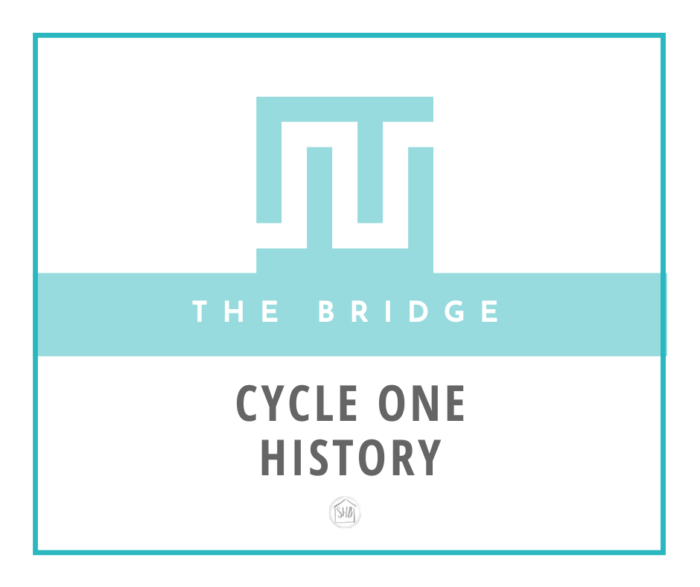
The hardest task in creating the Bridge between the Classical model – in the form of Classical Conversations, and Charlotte Mason – in the form of Ambleside Online – is the history. Charlotte Mason advocated a very specific approach to history learning which stands in direct opposition to the approach of CC.
For starters, Charlotte Mason thought a student’s understanding of history should start with the country in which they were born. AO takes this to mean students ought to start with British history, which is an odd place to start for those of us in the United States. One could make the argument that United States History must begin with British history. And I am good with that. Which is why I started my kids in Year 1 of the AO booklists working through the earliest British myths made history.
However, Classical Conversations unrolls history as a sort of highlight reel, a series of events played out in quick-time over a three year cycle. If Classical Conversations has a starting point, I would say it is the Timeline. Obviously this approach has its drawbacks, too. The student doesn’t get the full story of any one history event. Instead he is given the grand scope of history in a way which truly grounds his mind in esoteric “history.”
This post may include affiliate links. If you click and make a purchase based on my recommendation, I get a small remuneration at no extra expense to you. I only recommend things I use and believe to be a blessing.
What We Have Done in Early Elementary with CC and CM
If you have been following along with either Classical Conversations or Ambleside Online in the early elementary years, you have likely discovered just how difficult it is to reconcile these two approaches.
Slow and steady – relatively deep in content and context
OR
lightning fast – rather shallow and broad
In the early years we have allowed the CM approach to take the driver’s wheel in teaching history. That is not to say we have neglected the Timeline or the history memory work in the CC cycles. Rather we have used the memory work for what it is designed to be: anchors, pegs.
What this looks like is relatively simple. We review the memory work for CC during the week – singing songs, playing games, etc. Then as we are reading the meatier stuff of Charlotte Mason inspired books, we delight in the knowing – of random places on a map, figures of history sentences, events on a timeline. We take the time to notice when we know something – no matter how small. We literally will stop what we are reading and sing a song. Or we will simply say, “Hey, we know what that is!”
In this case, the CC work is doing what it has promised to do – provide the pegs on which to hang the greater contexts, the more detailed story. CC has built the structure of the massive storehouse of knowledge called “History.” Into that storehouse, AO has delivered various stories and details which fill the storehouse. CC has also provided passageways from one storehouse to the next. “Science” is right next to “History” and “Literature” sits right door, with “Grammar” on the other side. All this – the massive structure and the more minute details – have worked together to build the knowledge and understanding of my early elementary students.
Ambleside Online, too, has met its mandate – to bring “a life of rich relationships with everything around them: God, humanity, and the natural world.” My students become aware of the connections inherent in all of life and learning. They literally see them on their own, not because they are solely reading the living literature; but also because they see how what they learn in CC is connected to what they are learning in the rest of our homeschool pursuits. In fact, it ends up being rather seamless – surprisingly so.
Why Not Keep at this Two-Pronged Approach?
This seems to work so well, you might be wondering why I would get off of the two-conductor train I have constructed for myself. As I started to look ahead to the Challenge or middle school and high school years, I got more and more uncomfortable with the discrepancies between the two approaches. I wanted to figure out a way to introduce American History in my homeschool at the same time we were doing Cycle 3 – not by coincidence. The circumstances worked out rather well that my student was doing Year 4 during Cycle 3. But Year 5 of AO continues down the American History trail, while Cycle 1 would take my kids back to Ancient History.
Would there still be connections to be made? Yes, absolutely! I have seen it too many times to think otherwise. However, I started dreaming of a sort of fully immersive curricula. When CC was doing ancient history, I wanted to be reading CM/AO inspired living books to my kids focused on ancient history. Then when CC does the Middle Ages and the Renaissance (for the most part), I wanted to be able to dive into the living books in those areas, too.
With a bit of reworking and compromise, I felt I could structure a Bridge between the two choices of CC and CM.
How I Imagine the Bridge Working
So, as I said, I am looking to create this Bridge for the upper elementary years. Classical Conversations calls these years the Essentials years. Ambleside Online calls these Years 4 through 6. The idea is for my students to start the Bridge their first year of upper elementary. No matter which Classical Conversations cycle we are going through, the books and resources will be the same. I have selected books from all three of the AO years (4-6) and some other books from years 3, 3.5, and 7.
Thus, some of the books for a fourth-grader entering the Bridge will be “stretching” books. What stretches the fourth grader will be appropriate books for the fifth-graders and sixth-graders going through the Bridge that same year. Regardless of the age-grade level of the books, there will be fewer books per term and per year than Ambleside Online would have. Where AO would recommend upwards of 7 history textbooks for a year plus geography and biography, 5 science books plus biographies, and 4 novels plus other literature, I am only scheduling one or two books in each of those categories per term.
I am going to only refer to the cycle number of Classical Conversations in naming the elements of the Bridge. This program is intended for 4th-6th graders. The only thing that changes each year is the cycle.
The Bridge – History Cycle One
I feel like there has been a LOT of prefatory remarks about this Bridge. Keep in mind I am trying to answer all the questions which come into my head. However, I am sure others will have more questions. Please ask away!
If you are like me and want to read even more, I’ve got you! Here are the other articles I have written specific to the Bridge:
- Combining Classical Conversations & Charlotte Mason in Upper Elementary
- Charlotte Mason in our Classical Homeschool
So without further ado, here’s how I am breaking down history for Cycle One
Terms
There will be three terms per year, set up as 12 week terms. The first term of Cycle One focuses on Ancient Egypt and other ancient civilizations. Term 2 will focus on Ancient Greece. And Term 3 will focus on Ancient Rome.
If you look at the history memory work for CC’s Cycle 1, you might find it is surprisingly diverse in its ancient history scope in Cycle 1. You might also be surprised to see it stretch itself into the Middle Ages, the Renaissance, and even modern history. In general when I hear people talk about CC Cycle 1, they say Cycle 1 is the ancients year. Well, it is and it isn’t.
I am not looking for a picture-perfect match-up. Rather I am looking to immerse my students in a rich, multi-faceted tour through a period. Thus, 12 weeks dedicated to ancient civilizations (including Egypt), 12 weeks dedicated to Greece, and 12 weeks dedicated to the Romans is actually difficult to squeeze into one year. Yet, I feel confident this will strike the balance I am looking for between CC and CM.
Psst…I am hoping to be able to come back to Latin and South America in the next cycle, as its history comes more into focus as a result of the Age of Exploration.
Books
These books are piquing my interest – big time! I can’t wait to dig into them with my kids. Here’s the list of books for history for Cycle One.
- On the Shores of the Great Sea by M.B. Synge
- Peeps at Many Lands: Ancient Egypt by James Bailkie
- The Story of the Greeks by H.A. Guerber
- The Story of the Romans by H.A. Guerber
- Augustus Caesar’s World by Genevieve Foster
Plus there is one geography book which covers the ancient wonders of the world:
- Marvels of the Orient by Richard Halliburton
The Schedule for History for Cycle One
I am still working on putting all this into a printable schedule for you. Instead of releasing the schedules individually, I will be creating an overall master schedule similar to the ones you will find in AO.
Since the history for Cycle One of the Bridge is in kind of big chunks, some of the information will be introduced in the history books and then will be seen again later in the literature selections. I view this as a feature, not a glitch. In our homeschool experience, my kids like to “remember” things. They like to see things they vaguely remember and then suddenly hear one tiny detail which unlocks the entire store of the memory they have.
My daughter (3rd grade) had this experience today. We were reading about John Smith and I mentioned, “You have met him before in history.” She listened attentively until the moment Pocahantas sprang into the narrative. Suddenly, she was alive with memory, alive with the “knowing!”
This is what I am looking for in the Bridge – for my kids to see the connections through exposure and immersion.
Following the Bridge
Are you interested in hearing more about this Bridge? You can get updates and extras when you sign up to get my emails. I have a specific email list for you. Here’s the sign up.
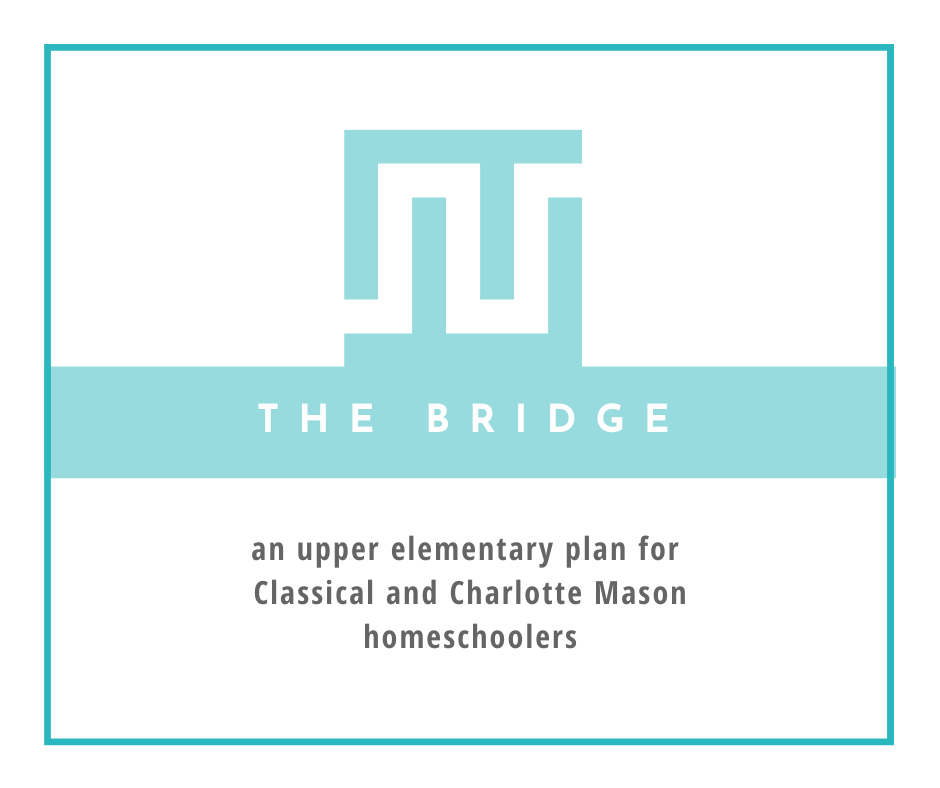
Looking to continue navigating the paths between Charlotte Mason and Classical philosophies in the upper elementary years? Please sign up here. If you are already a subscriber, it will NOT double-subscribe you.
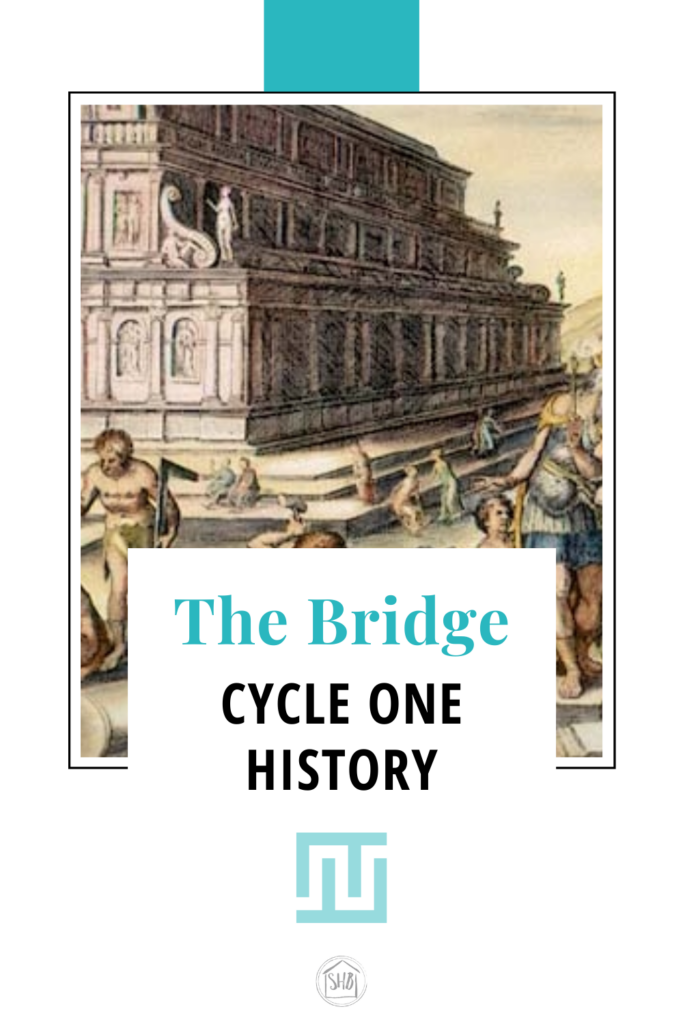




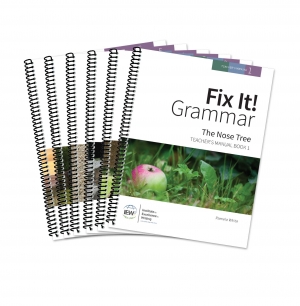
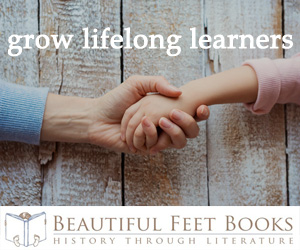
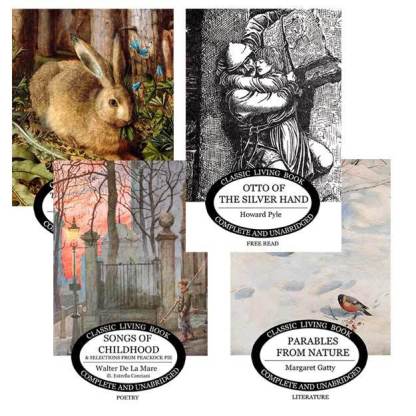
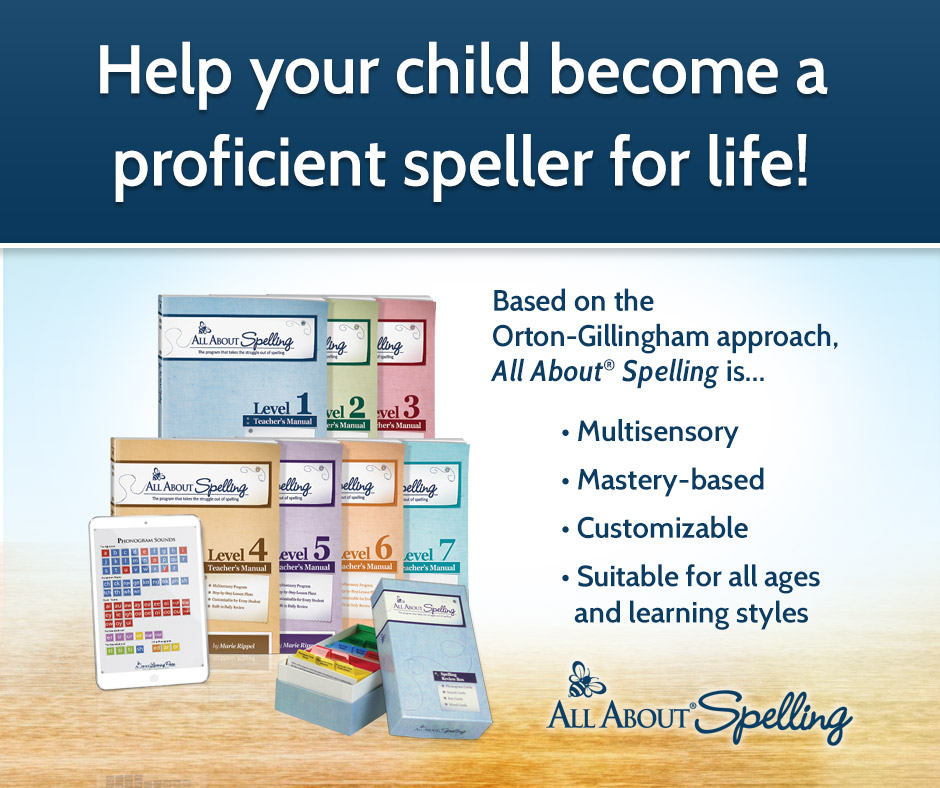


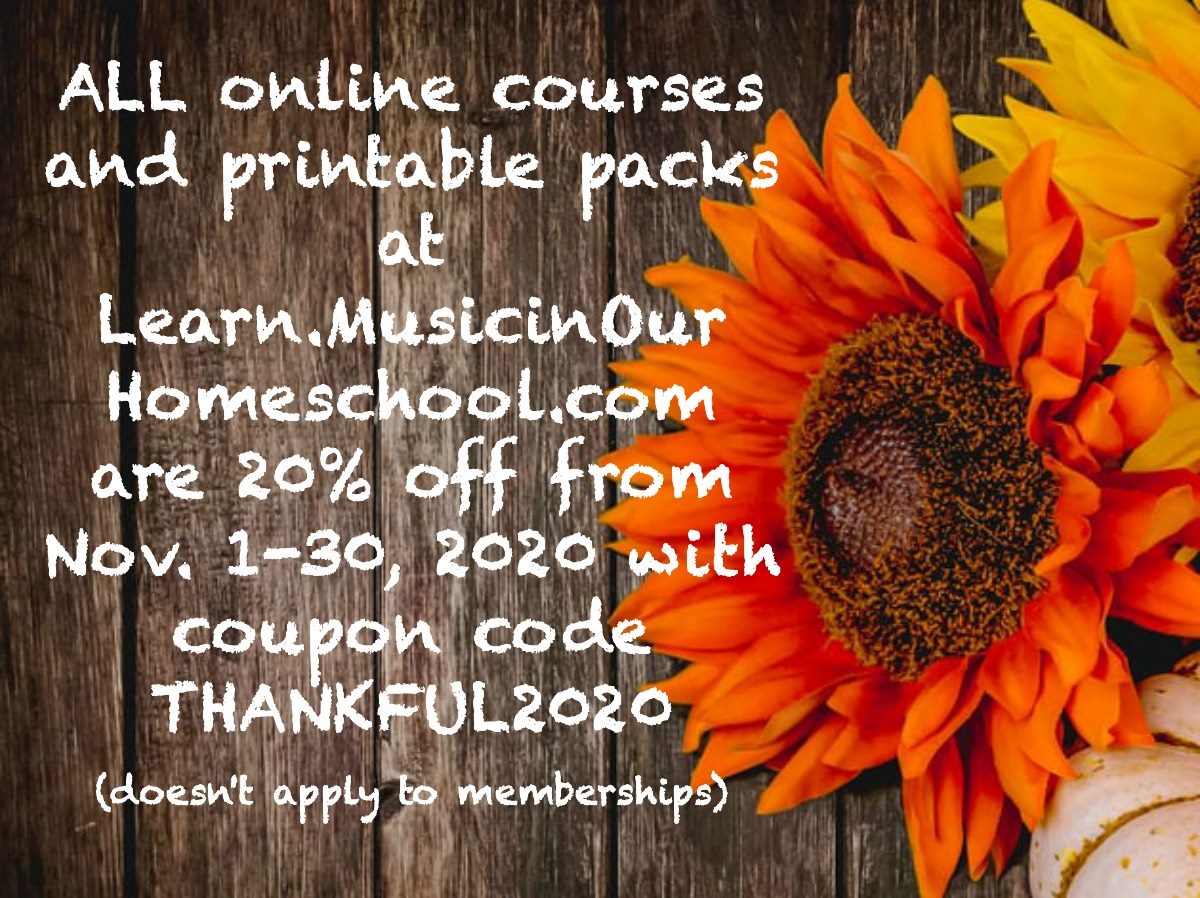
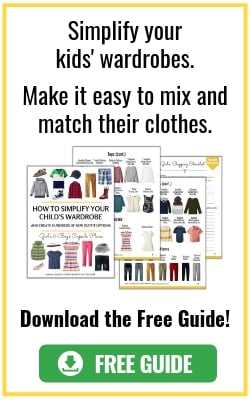


This Post Has 2 Comments
This is so amazing! Im just starting my AO/CC journey and I would love to see your master list. I really am so happy others think as I do about combining methods. Im blown away by your ability to see a clear path, as I sit with both schedules in front of me Im a little, to say the least, frazzled trying to find a work flow for me and the kids. Do you know when it will be available for this 2021/2022 year and what years are you making schedules for?
The schedule is now available! You can get it as a subscriber to the Bridge list.